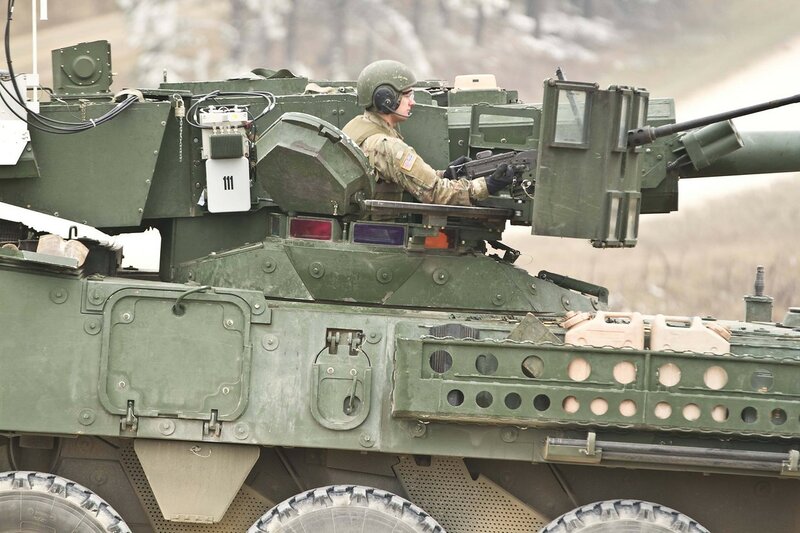Jura The idiot
General
Wednesday at 10:16 PM
December 8, 2016
the day after my post LOL!
and officially looking:
Discretionary Spending Option 5
Function 050 - National Defense
Cancel Plans to Purchase Additional F-35 Joint Strike Fighters and Instead Purchase F-16s and F/A-18s
... now dated...
I of course know the plan is to build thousands of F-35s, but I'm saying there're always options, so I'm not buying any 'too big to fail' ...
December 8, 2016
the day after my post LOL!
and officially looking:
Discretionary Spending Option 5
Function 050 - National Defense
Cancel Plans to Purchase Additional F-35 Joint Strike Fighters and Instead Purchase F-16s and F/A-18s
source is Congressional Budget Office:The F-35 Joint Strike Fighter (JSF) program is the military’s largest aircraft development program. The F-35 is a stealthy aircraft—one that is difficult for adversaries to detect by radar and other air defense sensors. The objective of the program is to produce three versions of that aircraft: the conventional takeoff F-35A for the Air Force, the short takeoff and vertical landing (STOVL) F-35B for the Marine Corps, and the carrier-based F-35C for the Navy. Through 2016, 285 F-35s had been purchased for the U.S. military: 178 F-35As, 71 F-35Bs, and 36 F‑35Cs. Current plans call for purchasing 2,158 more F‑35s through 2038. The Department of Defense (DoD) has estimated that the remaining cost of those purchases, including the cost to complete development, will amount to $265 billion (in nominal dollars). The Marine Corps and the Air Force declared their versions of the F-35 operational in 2015 and 2016, respectively. The Navy expects to declare its version operational by 2019.
Under this option, DoD would halt further production of the F-35 and instead purchase the most advanced versions of older, nonstealthy fighter aircraft that are still in production: the F-16 Fighting Falcon for the Air Force and the F/A-18 Super Hornet for the Navy and Marine Corps. The services would operate the F-35s that have already been purchased. By the Congressional Budget Office’s estimates, the option would reduce the need for discretionary budget authority by $29 billion from 2018 through 2026 if the F-16s and F/A-18s were purchased on the same schedule as that currently in place for the F-35s. Outlays would decrease by $23 billion over that period. Additional savings would accrue from 2027 through 2038 if F-16s and F/A-18s were purchased instead of the F-35s that are scheduled to be purchased in those later years. However, the Navy and Air Force are both planning to develop entirely new aircraft with fighter-like capabilities to be fielded in the 2030s and might choose to replace some planned F-35s with those aircraft instead.
An advantage of this option is that it would reduce the cost of replacing DoD’s older fighter aircraft while still providing new F-16s and F/A-18s with improved capabilities—including modern radar, precision weapons, and digital communications—that would be able to defeat most of the threats that the United States is likely to face in the coming years. The F-35s that have already been purchased would augment the stealthy B-2 bombers and F-22 fighters that are currently in the force, improving the services’ ability to operate against adversaries equipped with advanced air defense systems. The military has successfully operated a mix of stealthy and non-stealthy aircraft since the advent of the F-117 stealth fighter in the 1980s.
A disadvantage of this option is that a force consisting of a mix of stealthy and nonstealthy aircraft would be less flexible against advanced enemy air defense systems. An inability to neutralize such defenses in the early stages of a conflict might preclude the use of F-16s and F/A-18s, effectively reducing the number of fighters that the United States would have at its disposal. Another disadvantage is that the services would have to continue to operate more types of aircraft instead of concentrating on a smaller number of types. For example, F-16s would remain in the Air Force’s inventory longer than currently planned, and the Marine Corps might need to field new F/A-18s to augment its F-35Bs. Depending on how expensive it was to operate the F-35, the added costs of maintaining mixed fleets of fighters for a longer period could offset some of the savings under this option.







